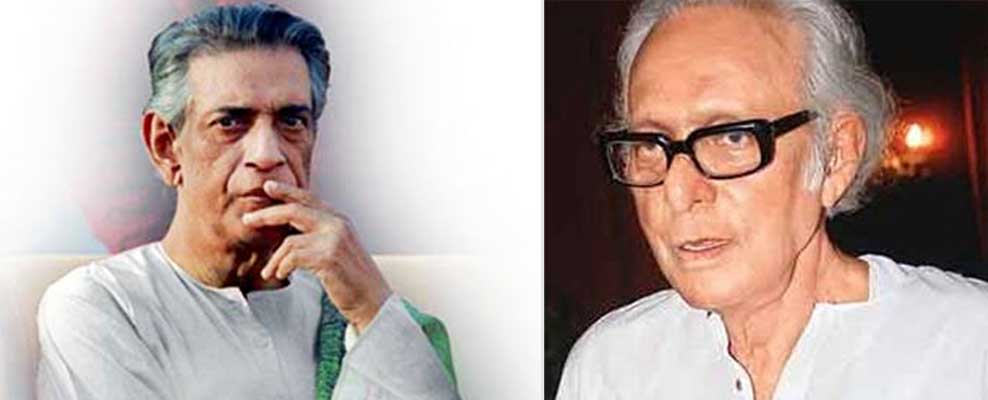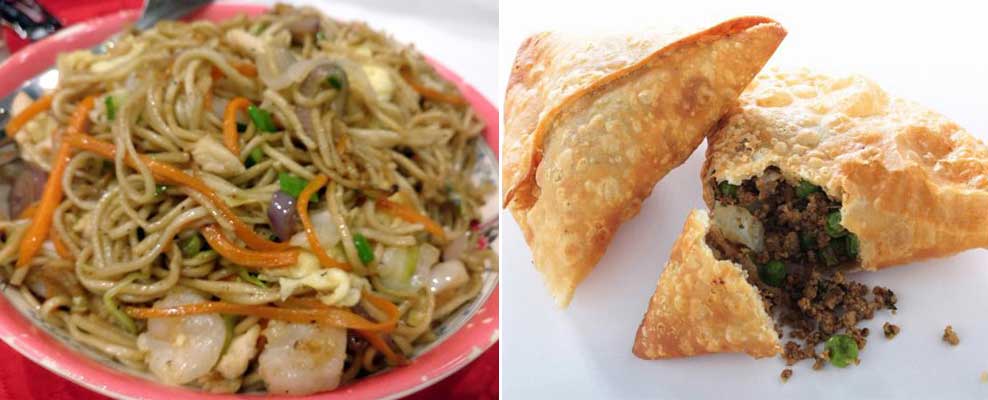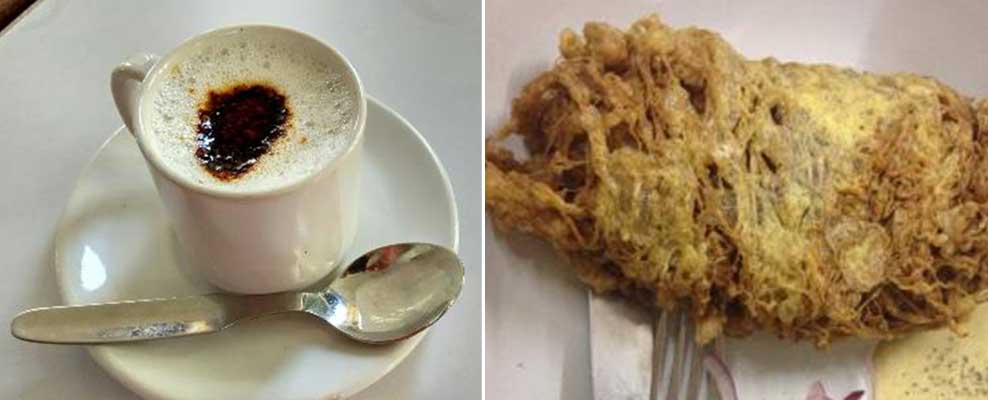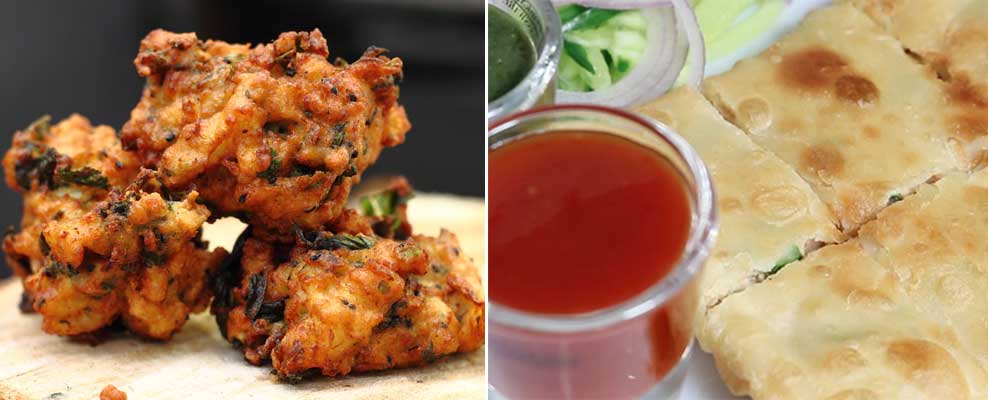
WoT's Hot
Kolkata Coffee House: Why You Need To Visit It At Least Once
Coffee House continues to be the place to be, even now. Home does the Coffee House, despite its shabby décor and worn out walls, continue to draw young and old alike to their intellectually stimulating ambience where they can raise a storm over a tea cup [or maybe a coffee cup?]
The Coffee House traces its roots to the Albert Hall which was established in April 1876. It was in this very hall that Surendranath Banerjee founded the Indian Association and the much-talked about 1883 session of Nikhil Banga Congress was held. A favorite with Rabindranath Tagore and Subhash Chandra Bose, the Albert Hall, (which boasted of a legacy of swadeshi meetings) was naturally the best choice to open a Coffee House when Coffee Board in 1931 decided to popularize coffee in a city, till then, an excellent market for tea. And there has been no looking back. Since then the place has played host to stalwarts like Manna Dey, Ritwik Ghatak, Amartya Sen, Goutam Ghosh, Aparna Sen to name a few, among numerous average Kolkatans keen to bask in the comfort of the intellectual ambience of the place. Old timers still remember how singer Manna Dey would break out into an impromptu song while trying to compose the next couple of lines or explain the song sequence to actor Soumitra Chatterjee.

The Central Avenue Coffee House that is managed by the Coffee Board at present, also had many a celebrity on its guest list. Divided into the House of Lords and House of Commons this Coffee House is believed to have been the favorite meeting place of two the Indian cinemas most famous filmmakers namely Satyajit Ray and Mrinal Sen.
In fact Coffee Houses across the city were famous for both their adda and food. Be it the ones at Hazra, or Jadavpur, Central Avenue or College Street these cafes have always been a paradise for the poets, artistes, literati and people from the world of art and culture. Several literary magazines including the famous Krittibas brought out by stalwarts of Bengali literature namely Sunil Ganguly and Shakti Chattopadhya owe their origin to the inspiration from the adda (a form of intellectual exchange) sessions at the Coffee House. A hotbed for political movements, especially during the naxalite era, the coffee houses in Kolkata are also as known for their Afghani, a cutlet served with gravy, mopped up with bread by a ravenous college student or a famished research scholar and poet.

The most famous dishes include Kobiraaji (cutlet wrapped in egg), chicken pakoras and the famous infusion or the black coffee. Right now however most of the coffee houses have updated their menu and have included Chinese dishes like Chowmein. Nonetheless the traditional dishes like mutton samosas with a hot piping cup of coffee continue to be the top favorite among the crowd. Apart from Kolkata, coffee houses have branches across the state like in Silguri, Jorathang, Jalpaiguri etc. These establishments apart from coffee and the other traditional snacks served in the Kolkata coffee houses also has provisions of lunch/dinners and double-up as canteens.

What is interesting about this chain of restaurants is that for the last 50 years they have not only maintained the traditional simple décor but also their moderate prices despite the escalating cost of provisions. Up-market coffee joints and tea bars are surely no competition. After all where else can you get hot coffee for Rs 9, cold coffee for Rs 14, mutton kaviraji for Rs 18, mouth- watering pakoras for Rs 10 and a moglai parantha for Rs 18?

The clientele of the coffee houses are chiefly students who as the management says ‘have not much money to spare.’ The price list, the freedom to sit for hours at an empty table and the intellectual aura of the place have never really brought questions about the strategy for survival!
Therefore well into the 21st century even today the coffee-house adda continues. From minimalist prices to dark-brown walls, waiters in crisp white uniform to the traditional porcelain and steel cutlery coffee house has successfully retained its old-world charm. Guests are happy with what’s on offer. Piping hot coffee with ample nostalgia.
Photo credits - Banner Left: IndiaVishesh.com; Banner Center: The Telegraph; Banner Right: My Food Story
Coffee House continues to be the place to be, even now. Home does the Coffee House, despite its shabby décor and worn out walls, continue to draw young and old alike to their intellectually stimulating ambience where they can raise a storm over a tea cup [or maybe a coffee cup?]
The Coffee House traces its roots to the Albert Hall which
Other Articles in KULTURY VULTURY WOT
What to read next
Featured articles

Welcome Festive Season in Glam, Latin Quarters Launches new #PujoBling Collection with Monami Ghosh
by WOT








































